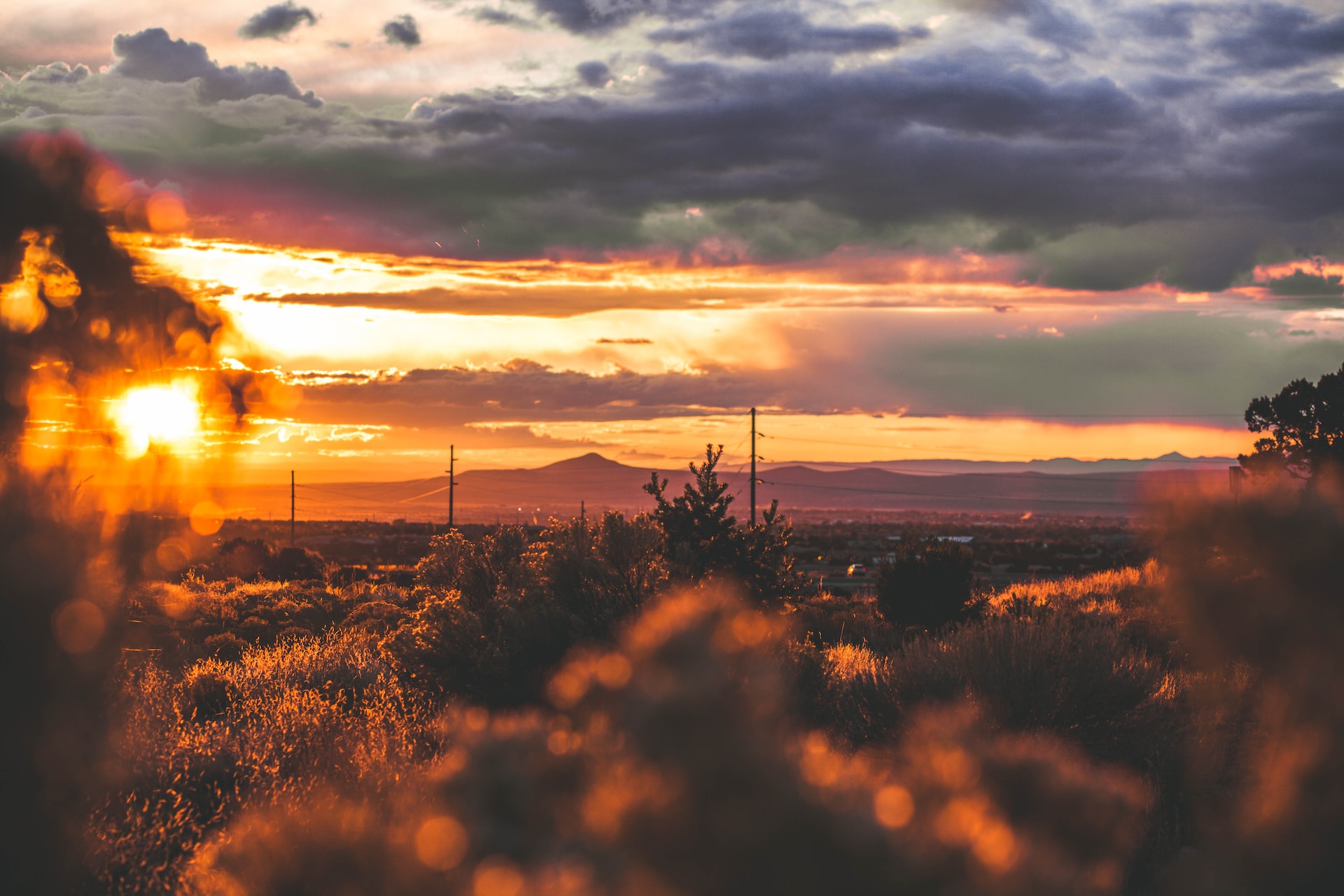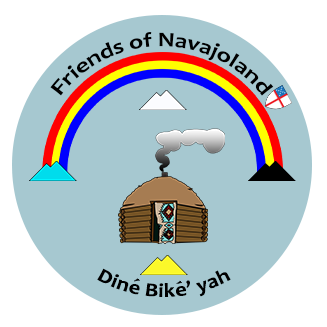
“Sacred Mountains: Pilgrimage To Huerfano Mesa”
A hardy bunch of Navajo Episcopalians and a few bilagaanas braved freezing temperatures and blistering winds to trek to Huerfano Mesa on October 30. Many Dine’ and their friends make a point of trying to visit each of the Four Sacred Mountains that define the Dinetah, spiritually and geographically. Less known are some minor sacred mountains which also memorialize significant events in Navajo history and spirituality. Huerfano Mesa is one of the two “interior” sacred mountains, located only a few miles southeast from Farmington and almost in the back yard of St. Luke’s-in-the-Desert mission of ECN. The Rev. Inez Velarde, the priest in charge at St. Luke’s, immediately agreed to host a group who wanted to make a “road trip” to the sacred site. She organized five from Farmington and eight from St.
Luke’s to caravan in three vehicles on this pilgrimage. (Now, when we planned this event on the previous Sunday the weather was cool and calm; by Wednesday the temperature had dropped below freezing and the wind was howling. The husband of one pilgrim said we were “nuts” to be out in that weather, but we did it anyway, all bundled up in many layers.)
At the base of Huerfano Mesa, Inez, her brother, and other Dine’ church members told traditional creation/emergence stories about the significance of this holy mountain and their remembrances as children. Who knew that this majestic mesa to the east of Highway 550 was one of the homes of First Man and First Woman, and where Changing Woman, the first Navajo leader anointed by the Holy Ones, waited on Huerfano Mesa for the birth of a “special child” (whose father was the Sun) and bore the Twin Heroes, who famously cleared the Earth of monsters (including the dragon that lived at Angel Peak, a few miles south)? The Navajos in the group were so proud to tell these stories and share with the bilagaanas who eagerly listened in awe.
The path to this sacred site was only for the hardy. The deeply rutted sandy roads presented a challenge, but the drivers seemed to know where they were going, and, miraculously, all the vehicles emerged intact. It is taboo for a Navajo to climb one of the sacred mountains, so we stayed at the base and looked around to collect petrified wood and rocks as we listened to ancient stories. Most of us had brought a sack lunch for a picnic, but we returned to St. Luke’s and ate in the warmth of the St. Luke’s parish hall because we were COLD! Several who had joined us had no food, so we all shared what we had, grateful for our holy day trip with generous spirits who shared their lives and their stories with others.
